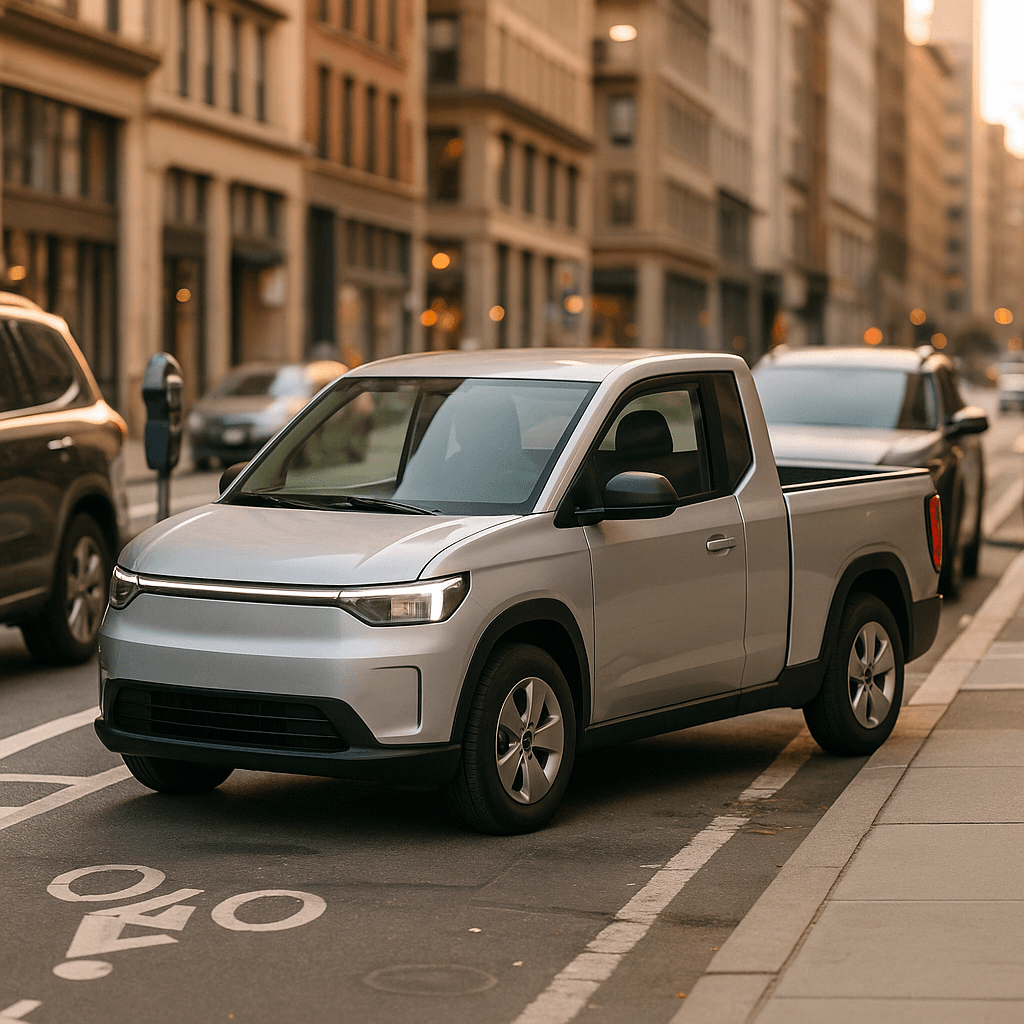Google just democratized AI photo editing. The company's conversational editing feature, previously exclusive to Pixel devices, is now rolling out to all eligible Android users in the US. Instead of fumbling with sliders and tools, users can simply tell Google Photos what they want changed and watch Gemini AI work its magic.
Google just made photo editing as simple as having a conversation. The tech giant is expanding its conversational editing feature in Google Photos from Pixel devices to all eligible Android users across the United States, marking a significant push to bring advanced AI capabilities to the masses.
The feature, which first debuted on Pixel 10 earlier this year, eliminates the traditional photo editing workflow entirely. Instead of navigating through menus and adjusting sliders, users can simply tap 'Help me edit' and describe their vision in plain English - or even use voice commands.
'Forget switching between tools and adjusting sliders,' Google explains in today's blog post announcement. 'You can simply describe the edits you want using your voice or text and watch Google Photos bring your vision to life.'
The expansion represents Google's broader strategy to embed Gemini AI capabilities across its consumer products. The conversational editing feature relies on advanced Gemini models to interpret natural language requests and translate them into sophisticated photo manipulations. Users can start with simple prompts like 'make it better' or get creative with complex scenarios - Google's example involves 'transporting an alpaca from a petting zoo to Waikiki (tropical beverage included).'
This rollout puts pressure on Apple and its Photos app, which still relies on traditional editing tools despite the iPhone maker's recent AI investments. While Apple Intelligence is slowly rolling out across iOS devices, Google's move to bring conversational photo editing to the entire Android ecosystem in the US creates a clear differentiation point.
The timing is strategic. As smartphone photography becomes increasingly computational, the user interface becomes the battleground. Google's bet is that natural language will replace complex tool palettes, making photo editing accessible to users who previously found professional-grade adjustments intimidating.
For Google Photos, which already serves over 1 billion users worldwide, this represents a major capability upgrade. The app has evolved from a simple storage solution to a comprehensive creative platform, complete with and .












